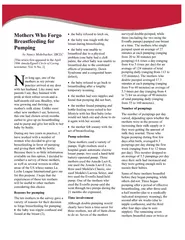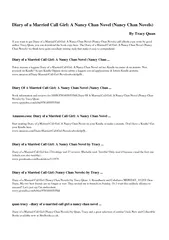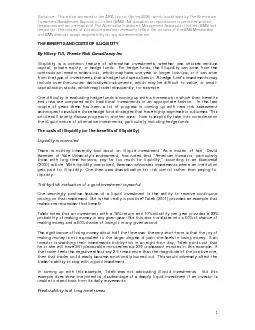PDF-by Nancy Mohrbacher, IBCLC [This article first appeared in the April
Author : tatiana-dople | Published Date : 2015-07-23
N not at all Of these seven four began pumping on their babys first day two on the second or third day and one on the sixth day Milk yield varied among the mothers
Presentation Embed Code
Download Presentation
Download Presentation The PPT/PDF document "by Nancy Mohrbacher, IBCLC [This articl..." is the property of its rightful owner. Permission is granted to download and print the materials on this website for personal, non-commercial use only, and to display it on your personal computer provided you do not modify the materials and that you retain all copyright notices contained in the materials. By downloading content from our website, you accept the terms of this agreement.
by Nancy Mohrbacher, IBCLC [This article first appeared in the April: Transcript
Download Rules Of Document
"by Nancy Mohrbacher, IBCLC [This article first appeared in the April"The content belongs to its owner. You may download and print it for personal use, without modification, and keep all copyright notices. By downloading, you agree to these terms.
Related Documents














